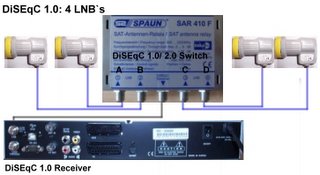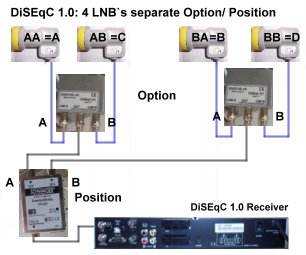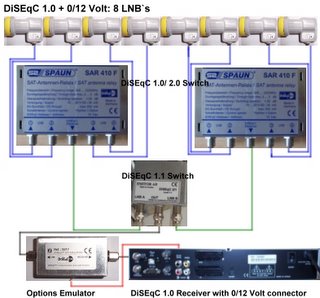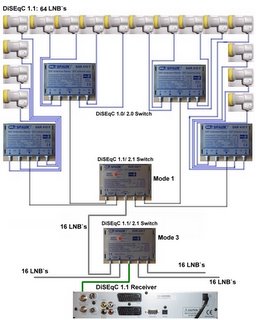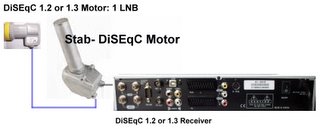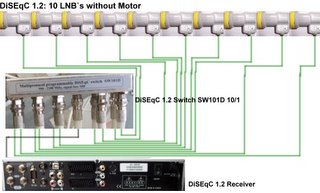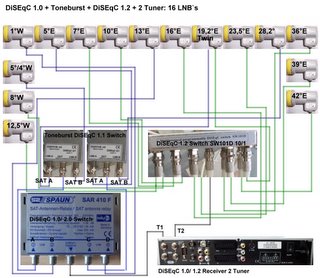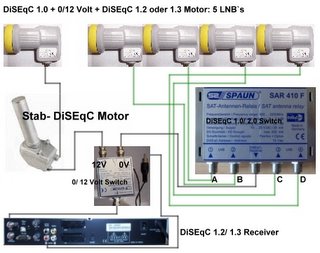Common Interface ( CI )
Common Interface ( CI ) To decode encrypted programmes, you need a subscription to the appropriate broadcaster along with hardware that enables you to use the decryption card (smart card) sent to you by the broadcaster. The first piece of hardwareis the Common Interface (CI), which is connected directly to the DVB card. A Conditional Access Module (CAM) isinserted into the CI, and the CAM is used to house the smartcard itself. Unfortunately it is easy to get these namesconfused.
Again and again Conditional Access Modules are referred to as CI modules - which can be confusing, since CIs themselves can also be designed in the form of pluggable modules(for example, the Siemens DVB-C module).
CIs are available in the form of PCI cards, DVB card daughterboards or as modules that can be installed in a 3.5" drive bay.Due to these different formats, you should ensure that the module you purchase can be used with your DVB card. Not all DVBcards have the connections required for CIs, so make sure in advance that the Ci fits your card.
Some broadcasters specify in their Terms and Conditions that you have to use a specific certified receiver to receive and decrypt their programmes - so far, however, there is not certified CI / CAM.
 Conditional Access Module (CAM)
Conditional Access Module (CAM)
A Common interface (CI) module can be used to house many different peripheral devices, such as a modem, additional memory, games consoles, or more usually a Conditional Access Module (CAM) - sometimes referred to as a Common Interface Module (CIM, CI module). The CAM provides space for one or two smartcards (depending on the CI) supplied by the broadcaster.
Encryption systemsThere are various different encryption systems, which are not mutually compatible. The CAM must be suitable for the system you wish to decrypt - often a CAM is only suitable for one system, while other CAMs can be used with a number of systems (e.g. the Joker CAM).
Below are examples of encryption systems (their use and sample broadcasters are given in brackets):
Irdeto BetaCrypt (previously used by Premiere) Premiere Nagra (currently used by Premiere) Seca (Aston Canal+) Viaccess (previously used by Viasat) Conax (Canal+ Scandinavia, SVT) CryptoWorks (ORF, Xtra Music Payradio, Wizja +, MTV, DigiTurk, CzechLink, Easy.tv) NDS (Sky, currently used by Viasat)
The best-known CAM is probably in the Alphacrypt CAM, which works with VDR. Unfortunately CAMs are not usually particularly cheap, costing between 60 and 180 euros (the Alphacrypt CAM is at the top end of this price range). Obviously you can sometimes obtain them more cheaply on the second-hand market.
Mascom now produces an Alphacrypt Light CAM, which works well with VDR (tested with vdr-1.3.16 and Fujitsu-Siemens DVB-C PCI with CI) and KabelDeutschland Digital or Premiere. The high-street price for this CAM is 66 euros.
